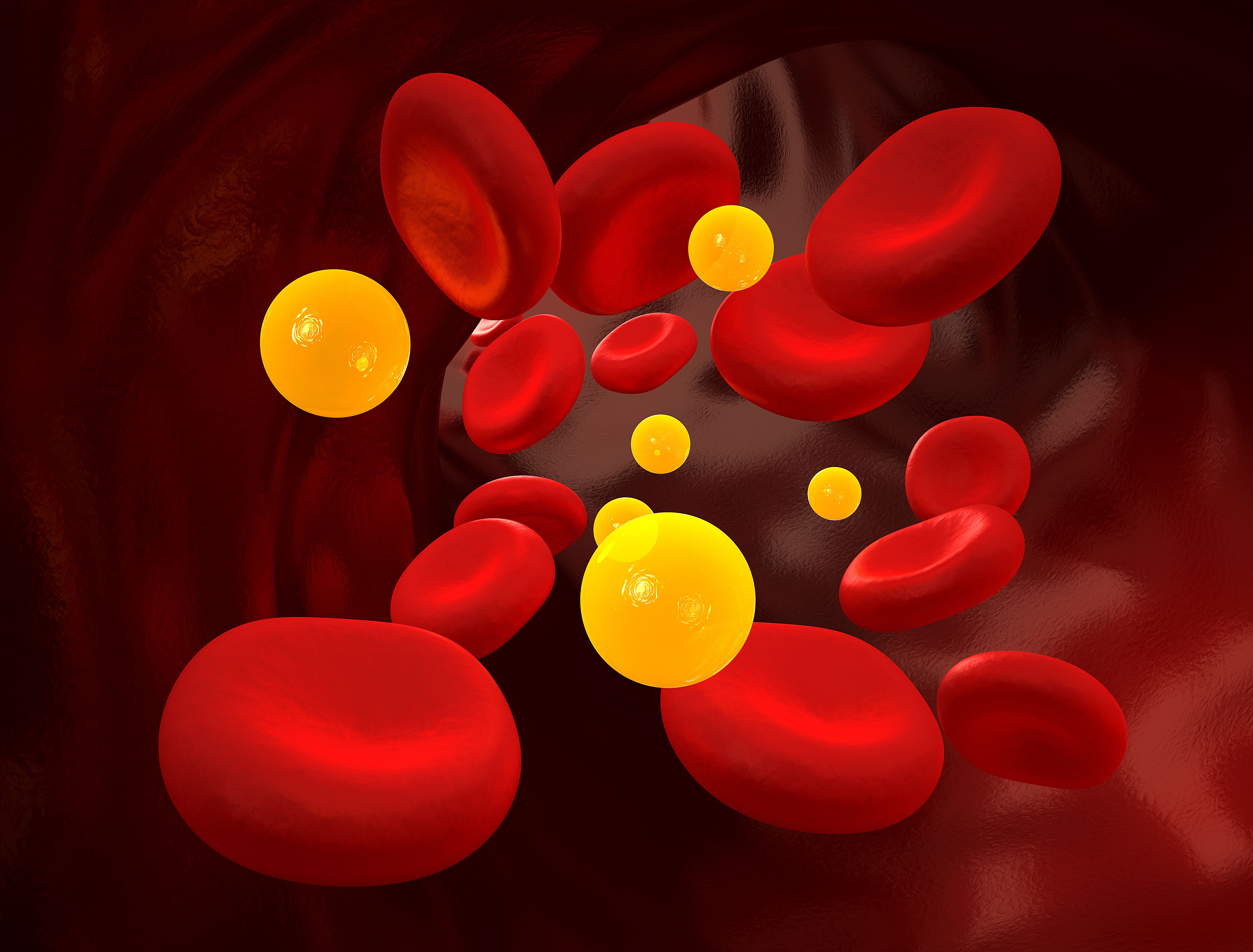Video
Disparities in Lipid Management
Author(s):
Transcript:
Alan Brown, MD: Keith, I’m going to turn to you because you are an expert in this topic and just about everything else. The COVID-19 [coronavirus disease 2019] crisis has really amplified the disparities in care that we see across the country. There are different risks, and there have been all kinds of reasons and excuses for it. But it’s definitely raised awareness of care disparities across ethnic groups and across other dimensions of diversity, including age, gender, and other things.
When it comes to lipid lowering, are there any data regarding disparities of care? What should our audience be aware of? I think of South Asians being at much higher risk. In communities where they may have a lower socioeconomic status, do they have the same access to care that other communities have? I look forward to your answer on that.
Keith C. Ferdinand, MD: Sure. There are some nuances in how patients present based on race and ethnicity in their lipid profiles. It confounds our whole utilization of the risk calculator, which may be beneficial in African Americans and Whites but has less of a proved benefit in South Asians. That’s probably because they were underrepresented. We now know they’re at increased risk.
In African Americans, it’s a bit funny. If you look at the LDL [low-density lipoprotein] levels, they’re not higher than the general population. The HDL [high-density lipoprotein] tends to be a little better, and the triglycerides tend to be a little lower. But this population has the highest risk for premature cardiovascular disease, heart failure, end-stage renal disease, and stroke. How can that be?
Hypertension is a very powerful predictor. Hypertension, even with average so-called beneficial lipids—which are really not beneficial but just not as bad as some others—still has a profound effect. In South Asians and to some degree in African Americans, the other risk may be lipoprotein (a). You look at the LDL levels. We now know that perhaps 30% of the conventionally calculated LDL may be lipoprotein (a). That is a higher risk in South Asians, and it’s a higher risk in African Americans.
We have to be really careful during the conventional lipid profile in doing a risk calculator and making hard clinical decisions based just on that. We’re missing some other nuances in terms of that person’s atherosclerotic risk that may come into play and predict bad outcomes when the lipid profile looks “OK.”
Alan Brown, MD: That’s a really good point. I’m glad you brought that up. The lipoprotein (a) issue can fool you. We used to think it was very closely tied with the LDL receptor mutation in FH [familial hypercholesterolemia], and frequently the 2 mutations came together. I don’t know if you saw the recently published paper suggesting that those people with very high LDLs and a negative genetic test, who we’ve been diagnosing with FH, may actually have elevated lipoprotein (a). They’re misdiagnosed as FH.
Keith C. Ferdinand, MD: We could probably talk for another 2 hours about the social determinants of health. Where people live, work, and play have a profound effect on outcomes. You can do objective analyses such as calcium scores, blood pressure, and lipids. But if a person lives in an adverse social environment, doesn’t have access to insurance, doesn’t have an identifiable source of care, and is not able to afford medications, then that person is going to do poorly. We can’t talk about lipids, blood pressure, or any of these biological measurements in a vacuum. The social determinants of health have a profound effect on outcomes.
Alan Brown, MD: I’m going to let others weigh in on this, because this is going to be the challenge for the next 20 years. As we move toward value-based care and our health care systems are challenged with taking care of the health of large populations, we’re going to have to be in that business. Our health care system, Advocate Aurora, is the ninth largest health care system. We are looking at building grocery stores in areas with food desserts, providing exercise facilities in some of those communities, and getting access through putting doctors or nurse practitioners in the local Walgreens. We’re going to take responsibility for those patients, and we’re going to have to deal with those disparities in social determinants if we want to be successful in improving the health of the populations.
That was well said, Keith. It is on all administrators’ minds. How are we going to deal with this when we have a broad geography? There will be an urgency to that as we take full-risk contracts across our health care systems.
Pam, you have the last word on what we’ve been discussing before we move onto our next section.
Pamela Bowe Morris, MD: The last word is that I couldn’t agree more. Nothing is more frustrating in these times than to be in the hospital consulting with a patient and with a list of things you know you can do to reduce their risk of cardiovascular disease. But at the time of discharge, you find out that there’s no way the patient can afford the medications, get access to healthy foods, exercise, and get other resources. It’s extremely frustrating and discouraging. I love what Keith says. Where you live, work, and play makes a huge difference in access to these risk-reducing strategies we’re discussing.
Transcript Edited for Clarity





